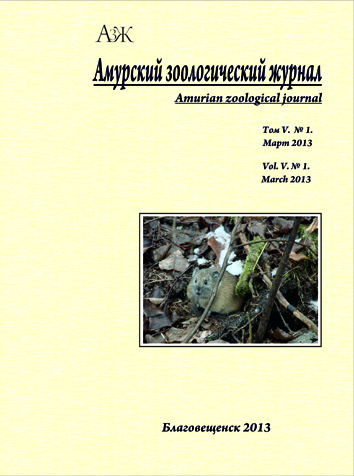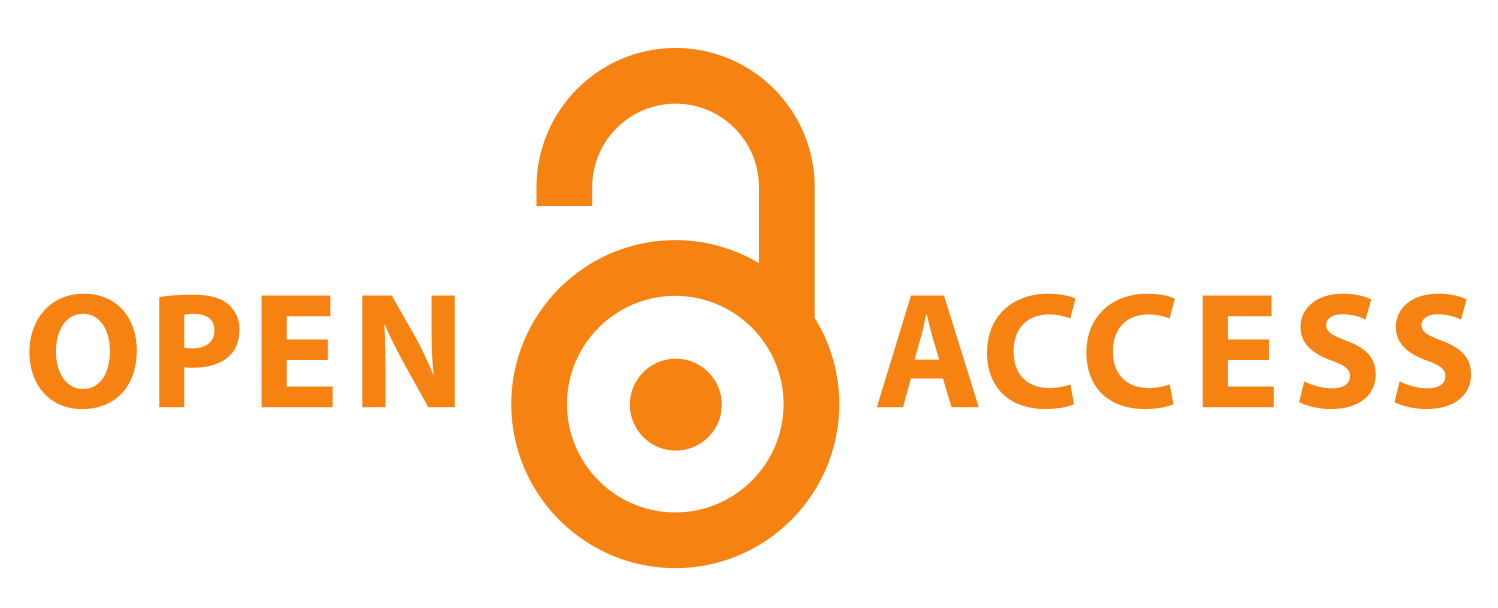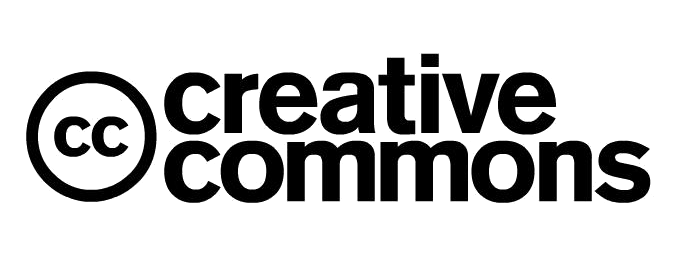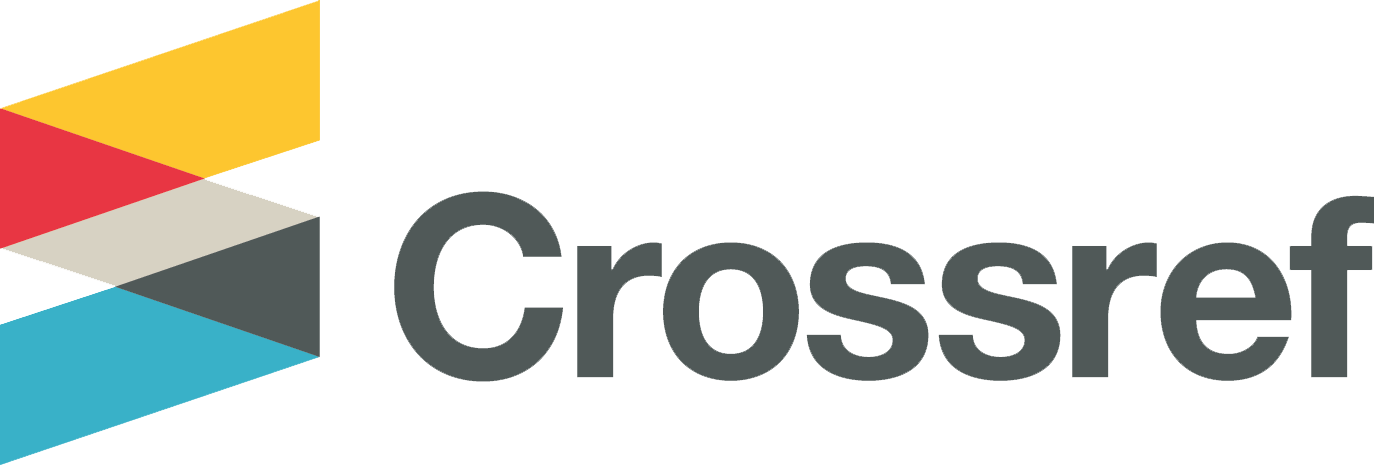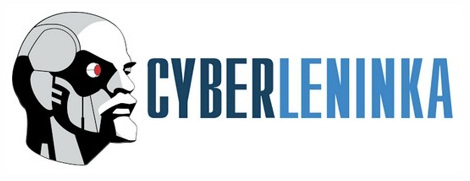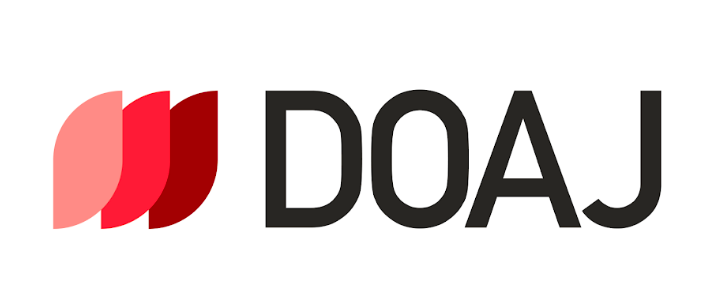DEUTONYMPHAL MORPHOLOGY OF THE WATER MITE SPERCHON CRASSIPALPIS MARSHALL (ACARI: HYDRACHNIDIA, SPERCHONTIDAE)
DOI:
https://doi.org/10.33910/1999-4079-2013-5-1-13-15Keywords:
Hydrachnidia, Sperchontidae, Sperchon, Palpisperchon, water mites, morphology, deutonymphAbstract
The study presents a detailed description of the deutonymph of water mite Sperchon crassipalpis Marshall, 1933.
References
Cook D.R., 1974. Water mite genera and subgenera // Memoirs of the American entomological Institute, 21. P. 1- 860.
Imamura T., 1976. Two new species of watermites from Nikko National Park // Annotationes Zoologicae Japonensis, 49. P. 279-284.
Lundblad O., 1941. Neue Wassermilben // Entomologisk Tidskrift, 62 (1-2). S. 97-121.
Marshall R., 1933. Water mites from Waoming as fish food // Transactions of the American microscopical of Society, 52. P. 34-41.
Scheffler W., 1972. Papisperchon distans nov. spec. (Acari, Hydrachnellae) aus dem Baikal-See-Gebiet // Acarologia, 14 (1). S. 66-70.
Tuzovskij P.V., 1982. Description of two new species of the water mites of the superfam. Lebertioidea (Acarina, Trombidiformes) from Magadan Province // Revue d’Entomologie de l’URSS, 61 (3). P. 644-656 (in Russian).
Tuzovskij P.V., 1987. Morfologiya i postembrional’noye razvitiye vodyanykh kleshchej [Morphology and Postembryonic Development in Water Mites]. Nauka, Moscow. 172 p. (in Russian).
Tuzovskij P.V., 1990. Opredelitel’ deutonymphs vodyanykh kleschej [Key to water mites deutonymphs]. Nauka Publ., Moscow. 238 p. (In Russian).
Wainstein B.A., 1976. O nakhozhdenii vodyanogo kleshcha Sperchon (Palpisperchon) crassipalpis (Sperchontidae, Acariformes) v faune SSSR // Biology of Inland Waters. Informazionnyi Bulletin, 32. P. 25-29 (in Russian).
Downloads
Published
Issue
Section
License
Copyright (c) 2013 P. V. Tuzovskij

This work is licensed under a Creative Commons Attribution-NonCommercial 4.0 International License.
The work is provided under the terms of the Public Offer and of Creative Commons public license Creative Commons Attribution 4.0 International (CC BY 4.0).
This license permits an unlimited number of users to copy and redistribute the material in any medium or format, and to remix, transform, and build upon the material for any purpose, including commercial use.
This license retains copyright for the authors but allows others to freely distribute, use, and adapt the work, on the mandatory condition that appropriate credit is given. Users must provide a correct link to the original publication in our journal, cite the authors' names, and indicate if any changes were made.
Copyright remains with the authors. The CC BY 4.0 license does not transfer rights to third parties but rather grants users prior permission for use, provided the attribution condition is met. Any use of the work will be governed by the terms of this license.
